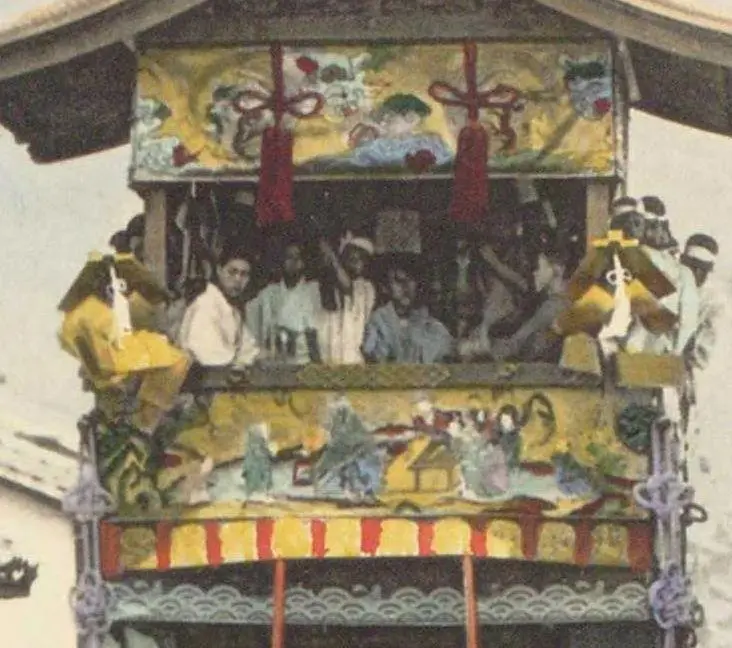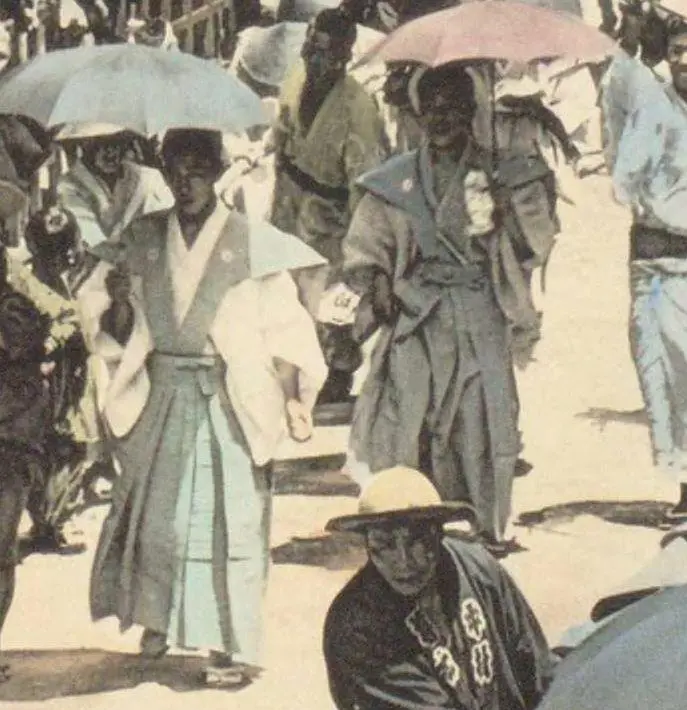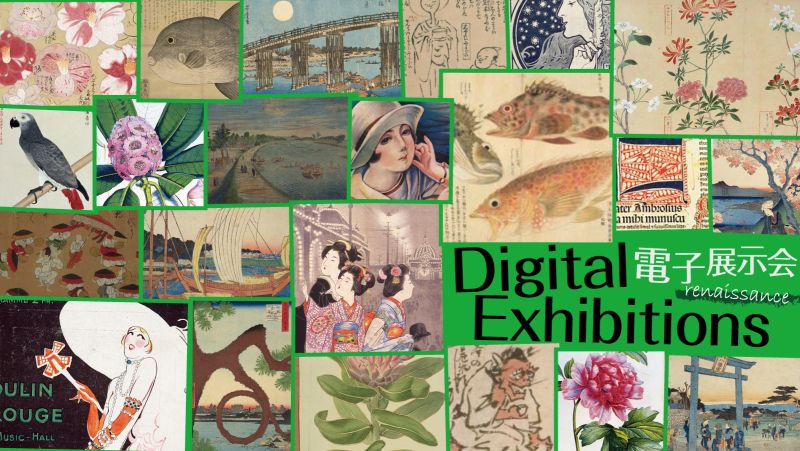The Gion Matsuri - 1,000 years and more of warding off evil spirits

The Gion Matsuri is a festival held each summer at Yasaka Shrine in Kyoto, affectionately known as Gion-san. As one of Japan's the three major annual festivals, the Gion Matsuri lasts just over a month, beginning in June of the lunar calendar, which is in July of the modern solar calendar. The origins of the Gion Matsuri date back to the Heian period, and more specifically to 869, when an epidemic broke out in Kyoto, and people prayed at the then Gion Shrine (now the Yasaka Shrine) to quell the outbreak. Sixty-six spears--one for each Japanese province that existed at the time--were prepared and sent to the sacred site of Shinsen-en, where a ceremony was performed to ward off the evil spirits that caused plagues. This ceremony was originally called Gion goryō-e, but the name was eventually abbreviated to Gion-e. At first, the Gion-e was only performed during epidemics but has been held annually since 970 .
Yamahoko junkō (Parade of floats)
A highlight of the Gion Matsuri is the parade of floats, Yamahoko junkō, which takes place twice--sakimatsuri, or the pre-festival parade, on July 17 and atomatsuri, or post-festival parade, on July 24. The word yamahoko refers to the two kinds of floats that are used in the parade. Hoko are giant floats on wheels that are pulled through the streets. Some hoko are two stories high, up to 25 meters long, and weigh up to 12 tons. Yama are smaller floats carried on the shoulders of a number of people. Each yamahoko float is decorated with beautiful textiles, such as Gobelins, Tsuzurenishiki hand-woven brocades, and Nishijin-ori silk textiles from the Nishijin area of Kyoto. It was during the Azuchi-Momoyama period in the 16th century and the Edo period in the 17th to 19th centuries that yamahoko became as opulent as they are today. Of particular note is the Naginata-hoko, a special float with a large, long sword at its head that leads the parade.
The Junigatsu asobi, an Edo-period picture scroll that depicts annual events held at the Imperial court and around the city of Kyoto , includes this scene showing the Yamahoko junko. In the foreground, a young boy wearing a crown and escorted by two young girls rides atop a hoko, and behind them hayashikata (musicians) perform on the taiko drum and flute. In the background, townsfolk watch the festivities from inside a room. Watching the parade of floats together are children sitting on tatami mats and benches, while the two people sitting on the floor are probably servants of what is likely the family of a wealthy merchant.
The Gion Matsuri is also depicted in Miyako meishozue (Pictorial guide to scenic spots in Kyoto ), which shows a hoko with children and musicians riding on top as it is pulled through the streets by a team of pullers and wheelmen. It also shows men carrying a yama on their shoulders. The yama is decorated with a doll sitting under a pine tree at the top of the yama.
The Modern Gion Matsuri
Next, let's look some photos of a Gion Matsuri taken during the late Meiji era. The color image was originally a black-and-white photograph that was colored by hand by a contemporary craftsman.
The photos show people watching the festival from atop a roof, which certainly must have been a privilege. It looks like the day of the parade was sunny and perhaps even hot, because there are several people with parasols along the roadside.



Today's Yamahoko junko is a major tourist attraction, but originally it was the vanguard of a parade of portable shrines that went through the town and served as yorishiro--a kind of icon that would attract and carry away for purification the evil spirits that spread the plague throughout the town. For this reason, yorishiro were supposed to be burned after the purification process. But today's lavishly decorated yamahoko are used annually, so instead of being burned, they are dismantled and stored immediately after the parade.
Although the circumstances surrounding the Gion Matsuri have changed, the festival continues to honor traditional forms from the past. In the past, there were times when it was interrupted by wars or other disturbances in and around Kyoto. But it was always revived, and the yamahoko became more spectacular with each revival. In 1979, the Japanese government designated the Gion Matsuri an Important Intangible Folk Cultural Property. And in 2014, it became Japan's first indigenous event to be recognized as a UNESCO Intangible Cultural Heritage, attracting even more attention from in Japan and around the world.
And in recently years, the COVID-19 pandemic has served to remind us once again that the Gion Matsuri originated out of the desire to ward off the evil spirits that spread the plague.
References
五雲亭貞秀「皇都祇園祭礼四條河原之涼」
